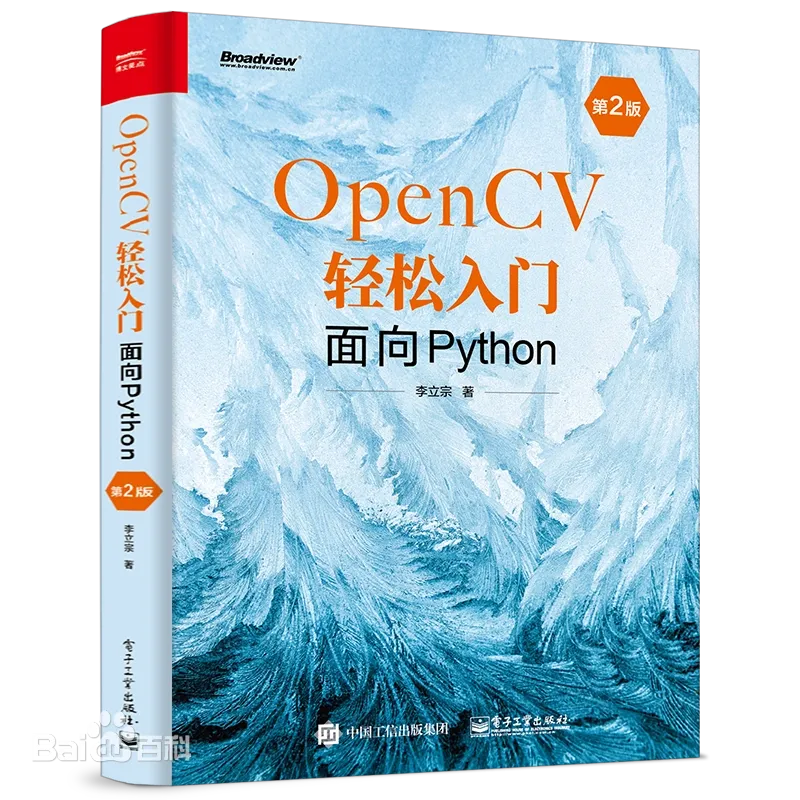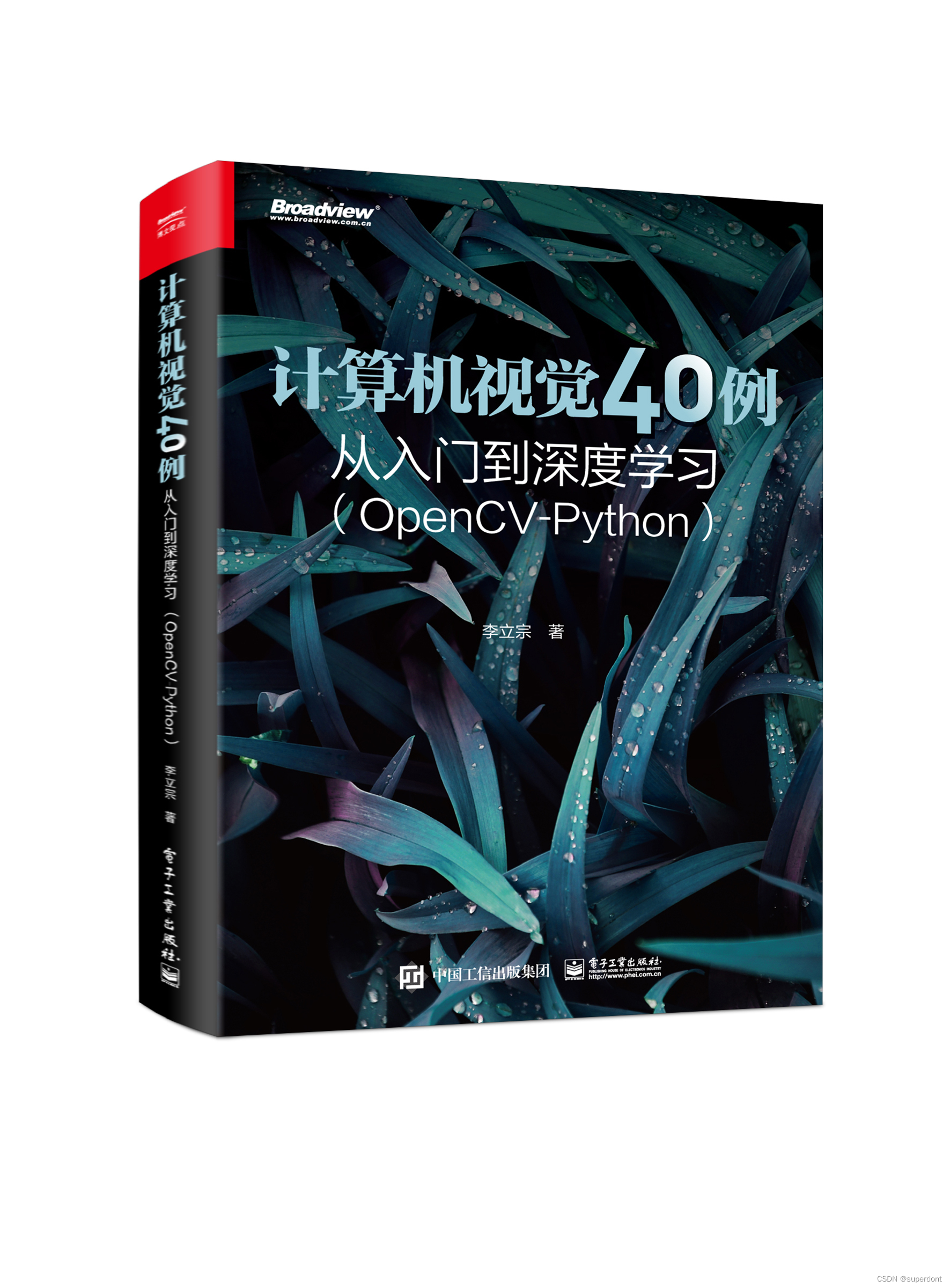模拟仿真
下面展示简单的代码:
MATLAB代码
clc;
clearvars;
%% Signal Generation
% ------------------
% Define parameters for signal
n = 512; % Number of samples in the signal
a = 0.2; % Percentage of the original signal to sample
t = 0:(n-1); % Time vector
% Generate a sparse frequency domain signal using trigonometric functions
f = cos(2*pi/256*t) + sin(2*pi/128*t+2)*5;
% Determine the number of samples to keep based on fraction `a`
m = double(int32(a*n));
%% Measurement Matrix Generation
% -----------------------------
% Generate the measurement matrix using either a Gaussian or Hadamard matrix
Phi = sqrt(1/m) * randn(m, n);
% The sparsity basis matrix (using the inverse FFT)
Psi = inv(fft(eye(n, n)));
% The measurement results using the sensing matrix Phi
y = Phi * f';
% Matrix A that combines the effects of Phi and Psi
A = Phi * Psi;
%% Signal Reconstruction
% ----------------------
% Solve L1-minimization problem using CVX to reconstruct the signal
% Start CVX model
cvx_begin;
variable x(n) complex; % Define optimization variable x
minimize(norm(x, 1)); % Objective function: Minimize the L1 norm of x
subject to
A*x == y; % Constraint: A*x should be equal to the measurements y
cvx_end;
% Obtain the time domain signal from the frequency domain representation
reconstructed_signal = real(ifft(full(x)));
%% Visualization
% --------------
% Plot the original and the reconstructed signals
figure('Name', 'Signal Reconstruction');
% Original and reconstructed signals in the time domain
subplot(2, 1, 1);
plot(t, f, 'DisplayName', 'Original Signal');
hold on;
plot(t, reconstructed_signal, 'o', 'DisplayName', 'Reconstructed Signal');
hold off;
xlabel('Time (s)');
title('Original and Reconstructed Signals in Time Domain');
legend show;
% Original and reconstructed signals in the frequency domain
subplot(2, 1, 2);
plot(t, abs(fft(f)), 'DisplayName', 'Original Frequency Domain');
hold on;
plot(t, abs(x), 'o', 'DisplayName', 'Reconstructed Frequency Domain');
hold off;
xlabel('Frequency (Hz)');
title('Original and Reconstructed Signals in Frequency Domain');
legend show;
输出
信号表达如下:

输出提示:
Calling SDPT3 4.0: 1536 variables, 204 equality constraints
------------------------------------------------------------
num. of constraints = 204
dim. of socp var = 1536, num. of socp blk = 512
*******************************************************************
SDPT3: Infeasible path-following algorithms
*******************************************************************
version predcorr gam expon scale_data
NT 1 0.000 1 0
it pstep dstep pinfeas dinfeas gap prim-obj dual-obj cputime
-------------------------------------------------------------------
0|0.000|0.000|9.9e-01|2.2e+01|4.2e+05| 1.759155e+04 0.000000e+00| 0:0:00| chol 2 2
1|1.000|0.528|4.4e-08|1.0e+01|4.4e+05| 3.964398e+04 2.596759e+04| 0:0:00| chol 1 1
2|1.000|0.975|4.3e-08|3.4e-01|4.1e+04| 3.325275e+04 3.778379e+03| 0:0:00| chol 1 1
3|0.896|0.733|2.2e-08|1.1e-01|5.7e+03| 8.125834e+03 3.388853e+03| 0:0:00| chol 1 1
4|0.950|1.000|6.6e-09|7.8e-03|9.5e+02| 4.003548e+03 3.084480e+03| 0:0:01| chol 1 1
5|0.983|0.983|1.4e-10|2.4e-03|1.6e+01| 3.087983e+03 3.079534e+03| 0:0:01| chol 1 1
6|0.955|0.986|1.8e-10|7.2e-04|7.2e-01| 3.072707e+03 3.074302e+03| 0:0:01| chol 2 1
7|0.843|1.000|4.8e-09|2.1e-04|1.7e-01| 3.072165e+03 3.072671e+03| 0:0:01| chol 2 2
8|0.948|0.985|2.5e-10|3.2e-06|9.4e-03| 3.072009e+03 3.072010e+03| 0:0:01| chol 2 2
9|0.969|0.987|6.7e-10|4.2e-08|3.0e-04| 3.072000e+03 3.072000e+03| 0:0:01| chol 3 3
10|0.994|1.000|2.6e-10|7.6e-11|6.3e-06| 3.072000e+03 3.072000e+03| 0:0:01|
stop: max(relative gap, infeasibilities) < 1.49e-08
-------------------------------------------------------------------
number of iterations = 10
primal objective value = 3.07200001e+03
dual objective value = 3.07200000e+03
gap := trace(XZ) = 6.30e-06
relative gap = 1.03e-09
actual relative gap = 1.01e-09
rel. primal infeas (scaled problem) = 2.55e-10
rel. dual " " " = 7.56e-11
rel. primal infeas (unscaled problem) = 0.00e+00
rel. dual " " " = 0.00e+00
norm(X), norm(y), norm(Z) = 2.6e+03, 5.4e+01, 2.3e+01
norm(A), norm(b), norm(C) = 2.4e+00, 7.7e+01, 2.4e+01
Total CPU time (secs) = 0.99
CPU time per iteration = 0.10
termination code = 0
DIMACS: 9.0e-10 0.0e+00 8.9e-10 0.0e+00 1.0e-09 1.0e-09
-------------------------------------------------------------------
------------------------------------------------------------
Status: Solved
Optimal value (cvx_optval): +3072
>>
参考资料:
压缩感知的实现(含matlab代码)
原文中实现了多种形式,本程序对其进行了裁剪。
CVX下载
网址:
https://cvxr.com/cvx/


安装过程:

参考文献:
https://zhuanlan.zhihu.com/p/656050116
相关博文
理解并实现OpenCV中的图像平滑技术
OpenCV中的边缘检测技术及实现
OpenCV识别人脸案例实战
入门OpenCV:图像阈值处理
我的图书
下面两本书欢迎大家参考学习。
OpenCV轻松入门
李立宗,OpenCV轻松入门,电子工业出版社,2023
本书基于面向 Python 的 OpenCV(OpenCV for Python),介绍了图像处理的方方面面。本书以 OpenCV 官方文档的知识脉络为主线,并对细节进行补充和说明。书中不仅介绍了 OpenCV 函数的使用方法,还介绍了函数实现的算法原理。
在介绍 OpenCV 函数的使用方法时,提供了大量的程序示例,并以循序渐进的方式展开。首先,直观地展示函数在易于观察的小数组上的使用方法、处理过程、运行结果,方便读者更深入地理解函数的原理、使用方法、运行机制、处理结果。在此基础上,进一步介绍如何更好地使用函数处理图像。在介绍具体的算法原理时,本书尽量使用通俗易懂的语言和贴近生活的实例来说明问题,避免使用过多复杂抽象的公式。
本书适合计算机视觉领域的初学者阅读,包括在校学生、教师、专业技术人员、图像处理爱好者。
本书第1版出版后,深受广大读者朋友的喜爱,被很多高校选为教材,目前已经累计重印9次。为了更好地方便大家学习,对本书进行了修订。

计算机视觉40例
李立宗,计算机视觉40例,电子工业出版社,2022
近年来,我深耕计算机视觉领域的课程研发工作,在该领域尤其是OpenCV-Python方面积累了一点儿经验。因此,我经常会收到该领域相关知识点的咨询,内容涵盖图像处理的基础知识、OpenCV工具的使用、深度学习的具体应用等多个方面。为了更好地把所积累的知识以图文的形式分享给大家,我将该领域内的知识点进行了系统的整理,编写了本书。希望本书的内容能够对大家在计算机视觉方向的学习有所帮助。
本书以OpenCV-Python(the Python API for OpenCV)为工具,以案例为载体,系统介绍了计算机视觉从入门到深度学习的相关知识点。
本书从计算机视觉基础、经典案例、机器学习、深度学习、人脸识别应用等五个方面对计算机视觉的相关知识点做了全面、系统、深入的介绍。书中共介绍了40余个经典的计算机视觉案例,其中既有字符识别、信息加密、指纹识别、车牌识别、次品检测等计算机视觉的经典案例,也包含图像分类、目标检测、语义分割、实例分割、风格迁移、姿势识别等基于深度学习的计算机视觉案例,还包括表情识别、驾驶员疲劳监测、易容术、识别年龄和性别等针对人脸的应用案例。
在介绍具体的算法原理时,本书尽量使用通俗易懂的语言和贴近生活的示例来说明问题,避免使用复杂抽象的公式来介绍。
本书适合计算机视觉领域的初学者阅读,适于在校学生、教师、专业技术人员、图像处理爱好者使用。










